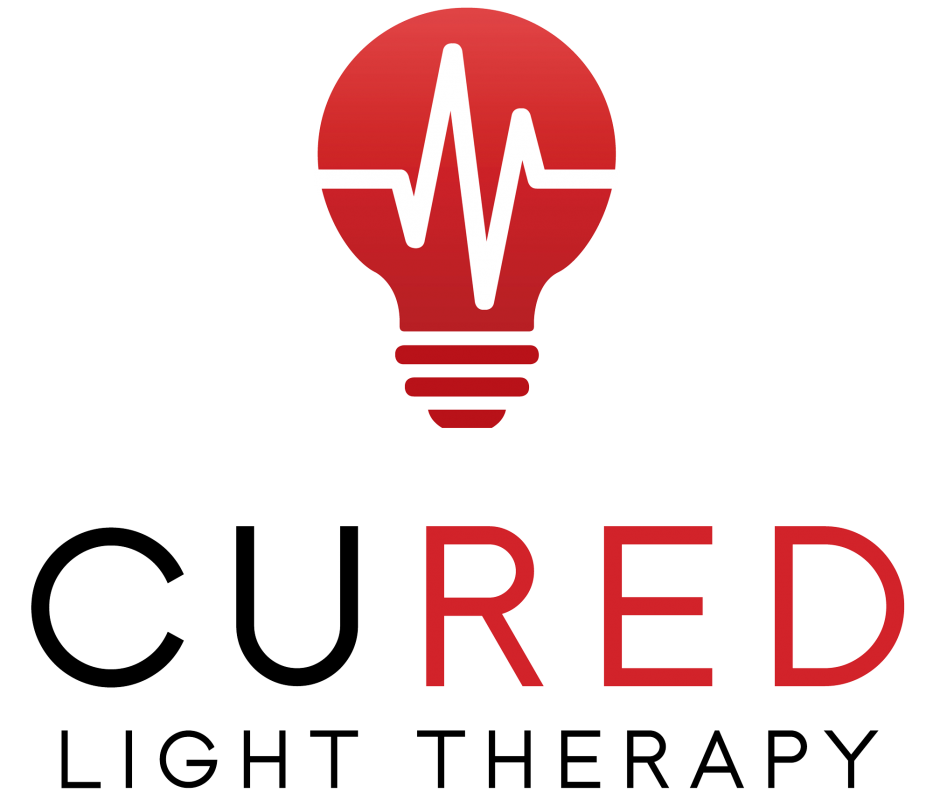There are numerous studies that support the ability of red light therapy to counteract aging. (1) RLT users found their skin complexion improved and collagen increased. Science shows that red light therapy protects existing collagen and stimulates new production. “In addition, it helps with texture, complexion, pore size and wrinkles,” said Harvard Professor Dr. Michael Hamblin, PhD (4)
Your skin does many things:
– Contains nerve receptors that allow you to feel touch, pain and pressure
– Helps control fluid and electrolyte balance
– Helps control your body temperature
– Protects you from the environment
Although the skin has many layers, it can generally be divided into three main parts: epidermis, dermis and the subcutaneous layer. Each layer also contains connective tissue with collagen fibers to provide support and elastin fibers for flexibility and strength.
What is skin aging and how does it occur?
As the skin ages,the outermost layer of the skin (epidermis) becomes thinner, even though the number of cell layers remains unchanged. The number of pigmented cells (melanocytes) decreases. The remaining melanocytes enlarge. Aging skin appears thinner, paler and less even. Pigmented patches can also develop, including age spots, liver spots or lentigos, which can appear in sun-exposed areas. (2)
Changes in the connective tissuereduce the strength and elasticity of the skin. This is known as elastosis. Thus, outward aging process is associated with phenotypic changes in skin cells and with structural and functional changes in extracellular matrix components such as collagens and elastin. (3) It is mainly noticeable in areas exposed to the sun (solar elastosis). Elastosis is the leathery, weathered appearance that comes with regular exposure to UV rays.
The blood vessels of the dermis become more fragile. This leads to bruising, bleeding under the skin (senile purpura), cherry angiomas and similar conditions.
Sebaceous glands produce less oil with age. This can make it harder to keep the skin moist, resulting in dryness and itchiness.
The subcutaneous fat layer becomes thinner so that it has less insulation and filling. This increases the risk of skin injury and reduces the ability to maintain body temperature. Some medicines are absorbed through the fat layer. Losing this layer changes the way these drugs work. In addition, the sweat glands produce less sweat. This makes it more difficult to keep cool. Risk of overheating or developing heat stroke increases.
What are the causes of skin aging?
Skin aging is related to health, environmental factors, genetic makeup, diet and other factors. The reduced production and increased breakdown of collagen is part of the natural aging process, but can be enhanced by high exposure to UV light and the formation of free radicals. This makes the skin less elastic, brittle and wrinkles appear. In addition, fine lines and wrinkles become more visible when your skin is dehydrated.
Skin Rejuvenation Tips:
Protect your skin from the sun every day. Whether you’re spending a day at the beach or running errands, sun protection is essential. SPF 30 (or higher) and water resistant.
Do not smoke. Smoking greatly speeds up how quickly the skin ages. It causes wrinkles and a dull, sallow complexion.
Avoid repetitive facial expressions. When you make a facial expression, you contract the underlying muscles. If you repeatedly contract the same muscles for years, these lines become permanent. Wearing sunglasses can help reduce lines caused by squinting.
Eat a healthy, balanced diet. Findings from some studies suggest that eating plenty of fresh fruits and vegetables can help prevent damage that leads to premature skin aging. Research findings also suggest that a diet high in sugar or other refined carbohydrates may accelerate aging.
Drink more water and less alcohol. Hydrating the skin is essential for healthy skin, 2l of water is recommended. Alcohol, on the other hand, is rough on the skin. It dries out the skin and damages the skin over time. This can make the skin look dull, dry and older.
Exercise or movement most days of the week. Findings from some studies suggest that moderate exercise can improve circulation and strengthen the immune system. This, in turn, can give the skin a youthful appearance.
Gently cleanse your skin. Scrubbing your skin can irritate your skin. Irritating your skin accelerates the aging of the skin. Gentle washing helps to remove pollution, makeup and other substances without irritating your skin.
Wash your face twice a dayand after sweating heavily. Perspiration, especially when wearing a hat or helmet, irritates the skin, so after sweating you want to wash your skin as soon as possible. Apply a face cream every day. Cream retains water in our skin, making it look more youthful.
Skin rejuvenation and anti-aging through treatments with Red Light Therapy
Red light therapy has been shown to increase natural collagen production (4)(5), have an anti-aging effect on human skin cells (6) and reduce fine lines and wrinkles. (7)
Red light therapy has been proven to promote collagen production in our skin cells, which can help reduce fine lines and wrinkles.8)In combination with increased energy production and anti-inflammatories, RLT has great potential to improve the appearance of the skin, reduce the symptoms of a wide range of skin conditions. (1)
A large body of research proves that RLT can help “rejuvenate” the skin by increasing collagen production,making the skin more elastic. Increase in fibroblast production, which aids in the production of collagen and other tissue fibers. (9)
Red light therapy is increasingly being used for the aesthetic treatment of fine wrinkles, rejuvenation of the skin and improvement of scars, a process known as photo-rejuvenation (9)
Faster result
In a 2009 study, the combination of red light therapy and green tea was found to have a skin rejuvenating effect (10). This beautiful synergy has to do with the antioxidants from the green tea. How was it used? Before the red light treatment, wipes filled with green tea were placed on the skin for 20 minutes and then treated with red light therapy.
The accelerated skin rejuvenation has to do with the interplay of the physicochemical and biological effects with the reactive oxygen species of green tea, expanding the spectrum of action of red light therapy. This collaboration of plants and healing light turns out to be a great success. This opens the door to a myriad of potential biomedical light applications and cosmetic formulations, including reversing localized degradation associated with excessive reactive oxygen species, such as hair graying.
Sources:
(1) A controlled study to determine the efficacy of red and near infrared light treatment on patient satisfaction, reduction of fine lines, wrinkles, skin roughness and increase in intradermal collagen density
https://www.ncbi.nlm.nih.gov/pmc/articles/PMC3926176/
(2) Aging changes in the skin
https://medlineplus.gov/ency/article/004014.htm
(3) Fighting against skin aging
https://www.ncbi.nlm.nih.gov/pmc/articles/PMC6047276/
(4) Skin photorejuvenation effects of light-emitting diodes (LEDs): a comparative study of yellow and red LEDs in vitro and in vivo
https://pubmed.ncbi.nlm.nih.gov/27663159/
(5) Combined treatment with low-level laser and rhBMP-2 promotes differentiation and mineralization of osteoblastic cells under hypoxic stress
https://pubmed.ncbi.nlm.nih.gov/30603597/
(6) Continuous irradiation with 633nm light emitting diode has anti-aging effect on human skin cells
https://pubmed.ncbi.nlm.nih.gov/25503577/
(7) A controlled study to determine the efficacy of red and near infrared light treatment on patient satisfaction, reduction of fine lines, wrinkles, skin roughness and increase in intradermal collagen density
https://pubmed.ncbi.nlm.nih.gov/24286286/
(8) Low-level laser (light) therapy (LLLT) in the skin: stimulating, healing, restorative
https://www.ncbi.nlm.nih.gov/pmc/articles/PMC4126803/
(9) Regulation of skin collagen metabolism in vitro using a pulsed 660 nm LED light source: clinical correlation with a single-blind study
https://pubmed.ncbi.nlm.nih.gov/19587693/
(10) Green tea and red light – a powerful duo in skin rejuvenation
https://pubmed.ncbi.nlm.nih.gov/19817517/



